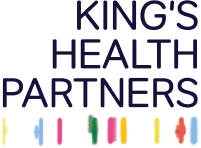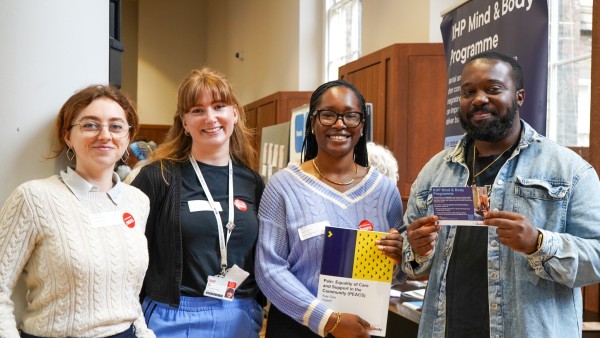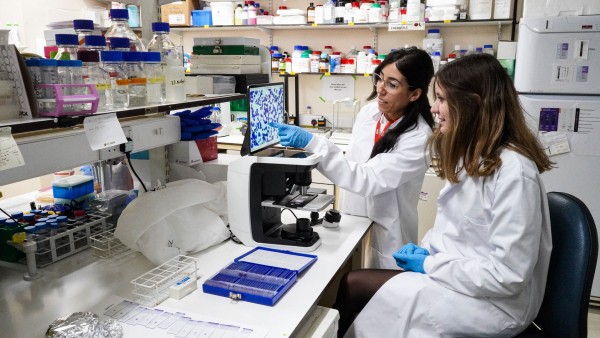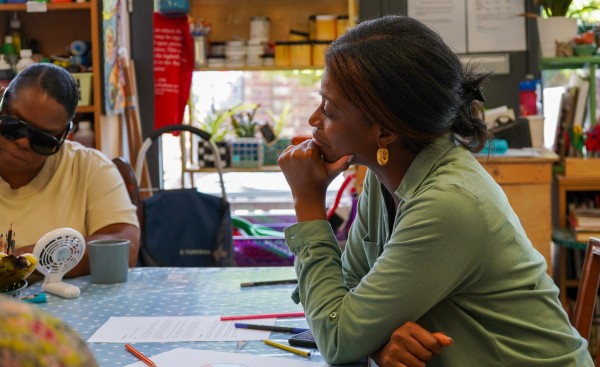10 August 2022
What could be the Vital 5 equivalent for babies, children, and young people? Dr Ingrid Wolfe of KHP Women and Children’s Health explains the need for a different approach.
The Vital 5 programme is one that has become well established across south east London, thanks to the effort of King’s Health Partners and its partners across the system.
These are a small number of behaviours and issues that often lead to the development of many diseases, including most of the long-term conditions that take up a lot of time and care in the NHS. In south east London, these are high blood pressure, obesity, smoking, alcohol and common mental health conditions.
Identifying, recording, and sharing the Vital 5 data between all health partners and our patients, and acting on the results across our population, would substantially improve our population’s health, reduce health inequalities and help the whole NHS and social care system.
The Vital 5 is great in its ambition, but there are a few things that give me some pause for thought when it comes to applying these to babies, children, and young people.
The first reason is that as a child public health doctor, I must recognise that these are intermediate risk factors. We're not addressing, partly because we're not directly able to, the structural risk factors that are responsible for poor health for our younger patients – poverty, and economic and social inequalities.
It's important to recognise that and so to address ourselves to what we can do and achieve.
Now the next thing that jumps out at me is that the Vital 5 themselves – hypertension, smoking, alcohol, mental health, and obesity – are all as relevant for babies, children, and young people. Some might be adapted to be relevant for babies, children, and young people, but a fresh look is required.
If you think about the early years of the life course, the things that matter in terms of health and wellbeing and outcomes for babies, children, and young people are quite different at each of those stages. Many of those stages do join up and some of the risk factors will go across all stages, but not everything.
What we need is a more nuanced approach. Many of the important risks and assets for babies, children, and young people and their health problems might not already be routinely measured in the way that many of the Vital 5 are.
So what do we already measure that we can take advantage of and what will we need to put into place to start measuring?
It's really important that what we measure first, we then try and help. In implementing this programme for babies, children and young people our aim is to help improve health and the quality of care, and it's going to be something that requires coordinated efforts across sectors.
It's not just healthcare - it's public health, schools, local authorities, environment, and other bodies. This is going to require an inter-sectoral approach. There will be challenges, no question, but the potential gain could be substantial for babies, children and young people who deserve that attention in their own right. And because we know that improving things early brings benefits all the way across life.
Our proposal from King's Health Partners Women and Children's Health is a piece of work that helps us get started.
First we need to define and agree what we are going to measure for babies, for children, for middle and school years, and for adolescents and young people.
These need to be measurable. They need to be valid. And there needs to be evidence for what you can do about it that is realistic and implementable.
What we would then like to do is develop a way of displaying that data in a dashboard or similar to be able to support us all in measuring and monitoring what's happening and to delve into trends – for example the differences between different social and ethnic groups.
Someone told me a long time ago a really helpful phrase that's rung in my mind ever since: what gets measured gets done. Or, perhaps more constructively, you can't improve what you don't measure and what you don't understand. So we need those measures in place first to be able to take forward a programme of work to put into place effective interventions.
This is a wider plan that we're all committed to - embedding evidence into practice and improving the way that we evaluate and learn from what we're doing as an Academic Health Science Centre system.
And most importantly, that we do those things in order to improve the health of our population and to reduce the dreadful inequalities that really diminish and shame us all.
Dr Ingrid Wolfe is the Director of King's Health Partners Women and Children's Health. She is also a Consultant in Paediatric Population Health at Evelina London Children's Hospital and a Reader in Paediatrics and Child Health at King's College London.
King’s Health Partners Women and Children’s Health is running a series of workshops open to all staff and students across the partnership to develop children and young people’s vital metrics. To find out more sign up to our Events updates.
The Babies, Children and Young People’s Vital Metrics (BCYP VM) project aims to identify metrics that will improve health outcomes and reduce inequalities. As part of this project, we are asking stakeholders to provide feedback on the importance of a range of metrics that can be used in a comprehensive approach to improving child health and outcomes across the life course. Take this quick survey and have your say on which metrics are vital.
https://www.youtube.com/watch?v=ZoPivU23Rfg





